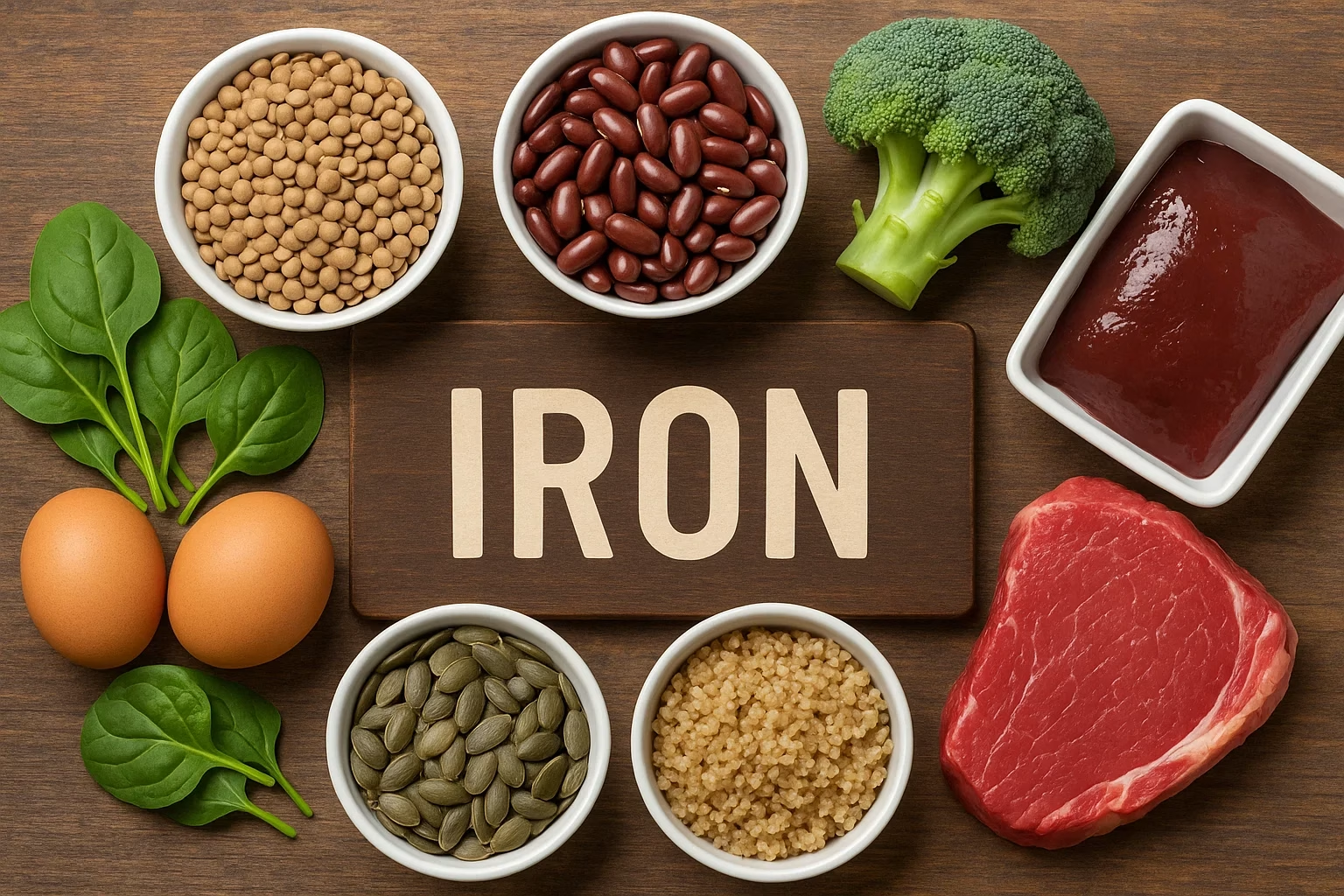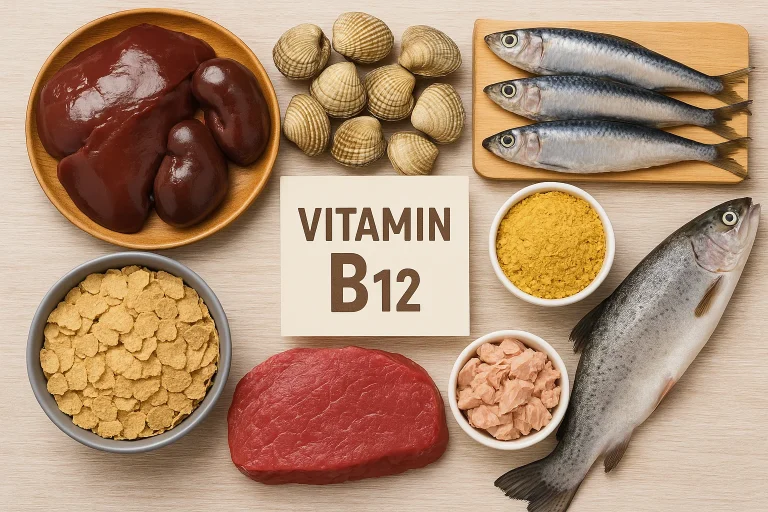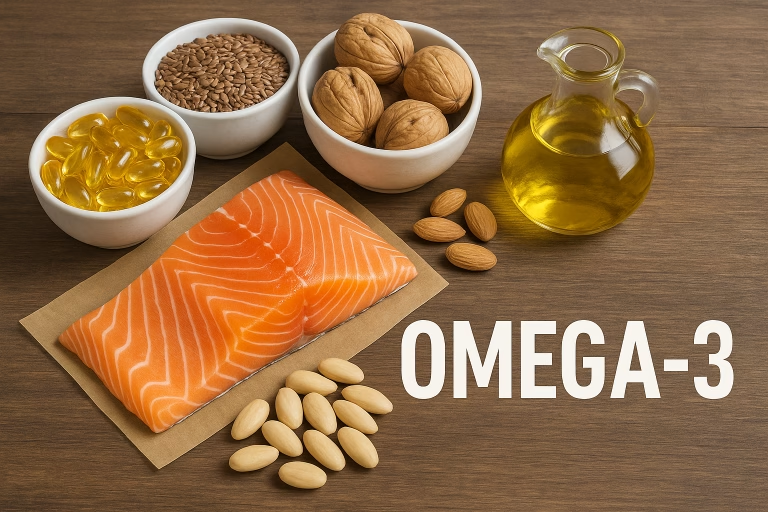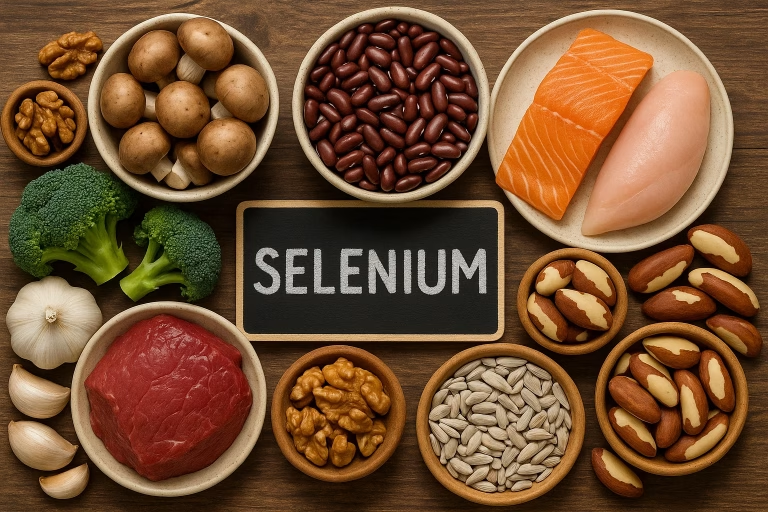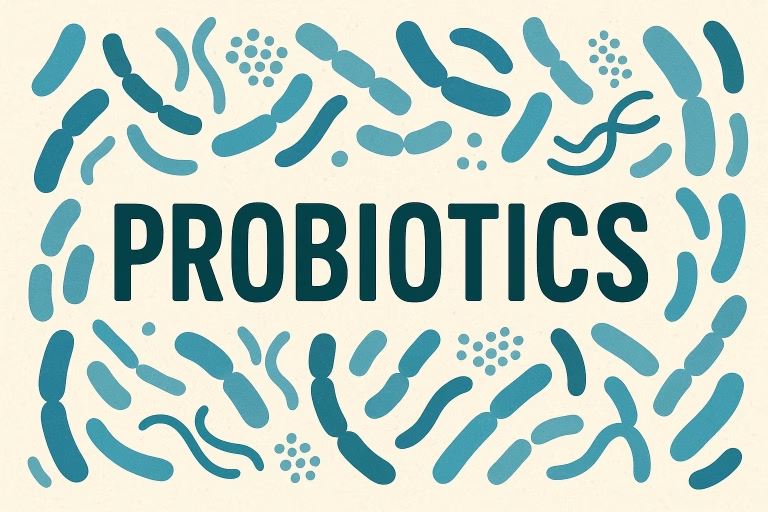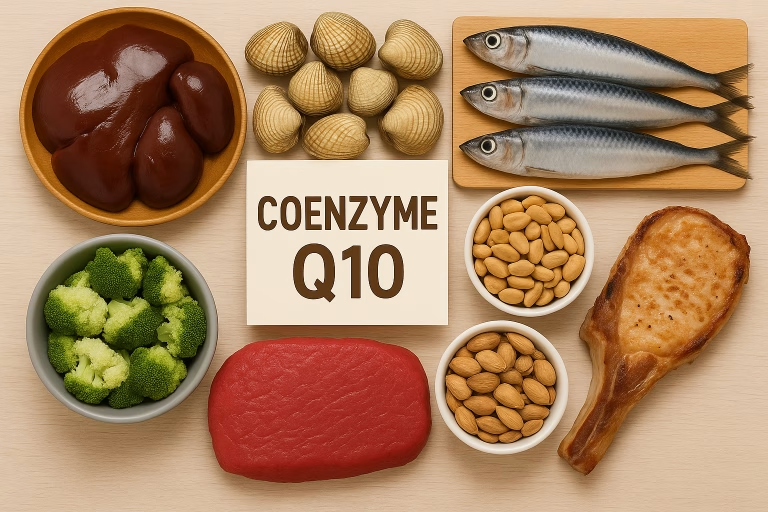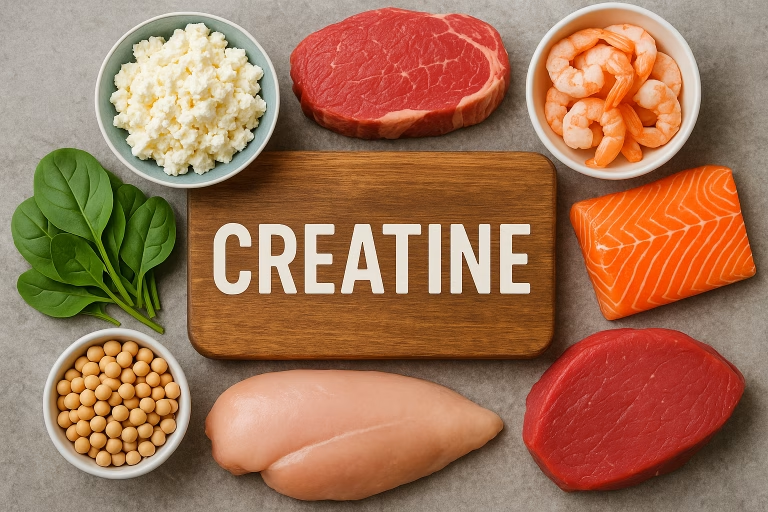Iron Mineral Review: In-Depth Guide for Adults Over 40
Why Iron Becomes More Important After 40
Iron is essential for transporting oxygen in your blood, supporting energy, cognitive function, and immune health. While iron deficiency is often associated with younger women, adults of any age-particularly older adults and are at risk due to reduced absorption, poorer diet, chronic conditions, or blood loss. After 40, women may still lose iron through menstruation while men might experience less dietary variety or hidden blood loss from digestive health issues. That makes understanding iron intake and supplementation critical during midlife and beyond.
Top 6 Benefits of Iron for Adults Over 40
1. Reduces Fatigue & Increases Energy
Iron is a key component of hemoglobin, which carries oxygen from the lungs to your muscles and organs. Low iron can cause fatigue, weakness, and shortness of breath symptoms often mistaken for “normal aging” Supplementing appropriately improves energy and stamina significantly.
2. Supports Cognitive Function
Iron plays a role in neurotransmitter production and brain function. Deficiency may present as brain fog, impaired focus, or memory issues. Studies show correcting iron deficiency enhances mental clarity and mental performance in adults of all ages.
3. Promotes Healthy Immunity
Iron is used by immune cells to fight infections. Low iron may weaken your defense against viruses and bacteria. Adults over 40 who supplement with the right form of iron often report fewer colds and quicker recovery times.
4. Enhances Athletic & Recovery Performance
Whether you’re active in sports or enjoy regular exercise, iron ensures that your muscles receive adequate oxygen. Inadequate iron can hinder performance and slow recovery after workouts.
5. Supports Healthy Skin, Hair & Nails
Iron importantly contributes to cellular respiration and regeneration. Deficiency often shows up as thinning hair, brittle nails, dry skin, and slow wound healing.
6. Globally Common Concern
According to the World Health Organization, iron deficiency remains one of the most widespread nutrient deficiencies worldwide and it’s impacting both men and women over 40, especially those with dietary restrictions.
Signs & Symptoms of Iron Deficiency
- Chronic fatigue and low stamina
- Pale skin or pale gums
- Rapid heartbeat or dizziness
- Cold intolerance
- Poor concentration or “foggy” thinking
- Frequent infections or prolonged colds
- Cravings for ice or non-food items (a condition called pica)
- Brittle nails, hair loss, or mouth sores
If you experience multiple symptoms, especially fatigue and brain fog, consider evaluating your iron status.
How to Accurately Test Iron Status
Blood testing is essential to confirm deficiency and avoid harmful excess. Useful panels include:
- Serum ferritin – measures your iron storage levels.
- Hemoglobin and hematocrit – detect anemia.
- Serum iron and transferrin saturation – show circulating iron levels.
- Total iron-binding capacity (TIBC) – indicates how efficiently iron binds in the blood.
For exact results and interpretation tailored to age and sex, consult your physician or pharmacist and let them do proper tests.
Recommended Iron Intake After 40
The recommended dietary allowance (RDA):
- Women 19–50: 18 mg/day
- Men 19–50: 8 mg/day
- Women 51 plus: 8 mg/day (menopause ends iron loss)
- Men 51 plus: 8 mg/day
Read just upwards if you test low. Therapeutic ranges may be 30–60 mg elemental iron daily under medical guidance. Dosages above 45 mg typically require supervision to avoid GI issues.
Best Food Sources of Iron
Prioritize whole foods first, even while supplementing:
- Heme iron (animal-based, highly absorbable):
- Lean red meat, poultry, fish, shellfish, liver.
- Non-heme iron (plant-based):
- Legumes, lentils, tofu, spinach, pumpkin seeds, fortified cereals.
Combine non-heme sources with vitamin C (e.g., citrus, bell pepper) to significantly boost absorption.
Choosing the Right Iron Supplement
Supplement type significantly affects absorption, tolerability, and results.
Common Forms of Iron Supplements:
- Ferrous sulfate: Highly bioavailable, may cause GI side effects.
- Ferrous fumarate: Similar absorption, slightly fewer side effects.
- Ferrous gluconate: Gentler, lower elemental dose.
- Iron bisglycinate chelate: Excellent tolerability, fewer GI issues.
- Iron polysaccharide complexes: Gentler, slow-release forms.
Studies show chelated forms (bisglycinate chelate) cause fewer side effects and maintain iron levels better, making them ideal for adults over 40.
Dosage & Absorption Best Practices
- Aim for 15–60 mg daily elemental iron, depending on blood markers and symptoms.
- Split doses to twice daily for better absorption and lower side effects.
- Take with vitamin C to enhance non-heme iron absorption.
- Avoid calcium and magnesium at the same time—these minerals inhibit iron uptake.
- Use gentle chelated forms if GI sensitivity occurs.
Who Should Consider an Iron Supplement?
- Women under 50 with heavy menstrual bleeding.
- Adults with known low ferritin or anemia.
- Those on restricted or plant-based diets.
- Athletes, especially endurance athletes.
- People regularly taking NSAIDs or medications that irritate the gut.
- Individuals with chronic digestive conditions (IBD, celiac, gastric surgery).
Side Effects & Safety Considerations
- Common minor side effects: nausea, constipation, diarrhea, dark stools.
- Avoid megadoses unless prescribed: toxicity can damage organs.
- Check drug interactions: Supplements may be impacted by antacids, thyroid meds, and some antibiotics.
- Monitor levels: High ferritin may indicate overload, which can be harmful.
Always reassess blood levels after 6–12 weeks to guide further supplementation.
Iron Interactions & Nutrient Synergies
- Improve absorption with vitamin C and vitamin A.
- Minimize interference by avoiding calcium, magnesium, and tannin-rich teas/coffee at dosing times.
- Balance copper & zinc – high iron can affect levels of copper; ensure balanced intake.
- Diet quality matters: ample fiber, protein, and micronutrients help optimize results.
Choosing a High-Quality Iron Supplement
- Prioritize iron bisglycinate chelate or ferrous fumarate with slow-release coating.
- Look for labels with GMP, NSF, or USP testing.
- Check for certifications: Non-GMO, gluten-free, third-party heavy metal testing.
- Avoid additives like artificial dyes and unnecessary fillers.
What the Research Says
- Studies consistently show iron supplementation reduces fatigue and boosts cognitive performance in older adults with low iron.
- Chelated forms offer fewer side effects and higher retention rates.
- Iron supplementation protocols that include vitamin C show markedly better results in food-based diets.
- Even moderate supplementation stops progression of mild iron deficiency anemia in over 85% of cases within 3–6 months.
How to Monitor Progress
- Watch for symptom improvement (energy, concentration, immune resistance) within 4–6 weeks.
- Retest ferritin and hemoglobin after 8 to 12 weeks.
- Adjust dosage depending on results and either taper or continue maintenance levels (8–18 mg/day).
Final Verdict: Is Iron Worth It After 40?
Absolutely and for those with confirmed deficiency or dietary gaps. Iron is essential for energy, mental clarity, immunity, and physical vitality. With careful dosing, high-quality form selection and medical supervision, it can transform your well‑being in midlife and beyond.

